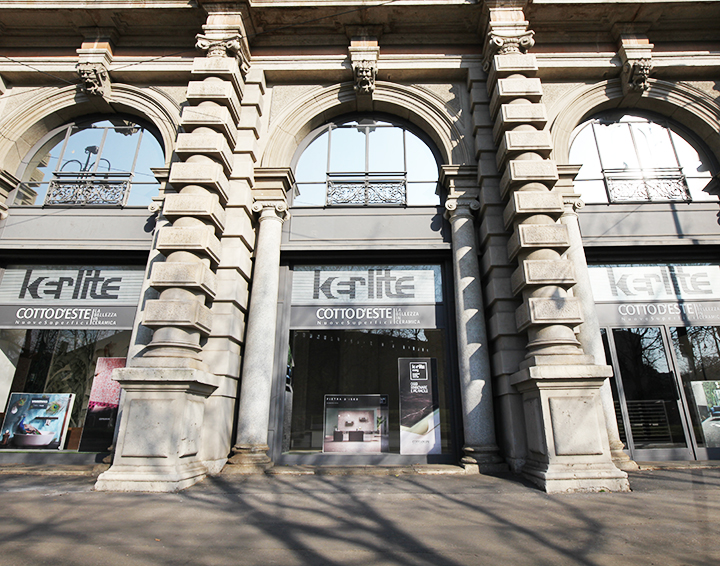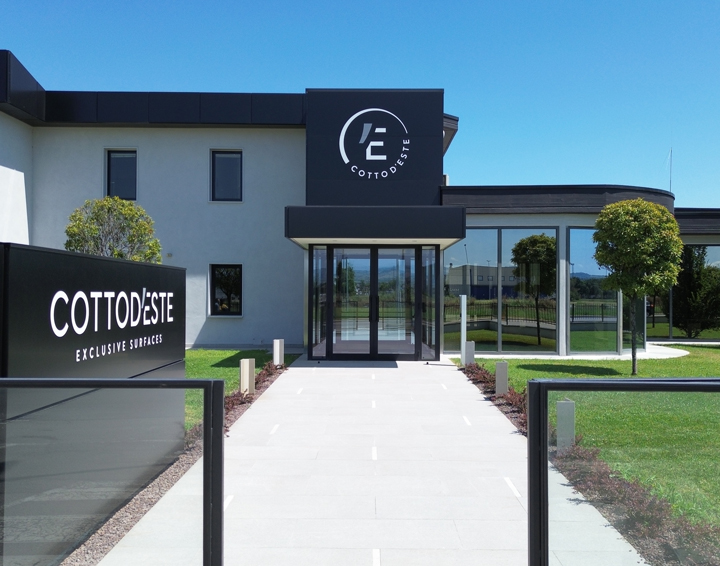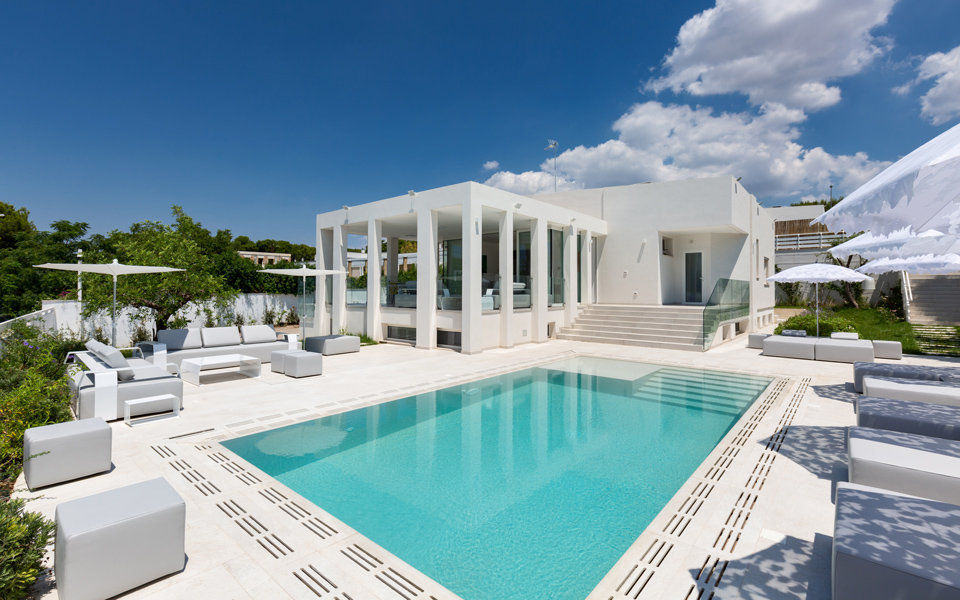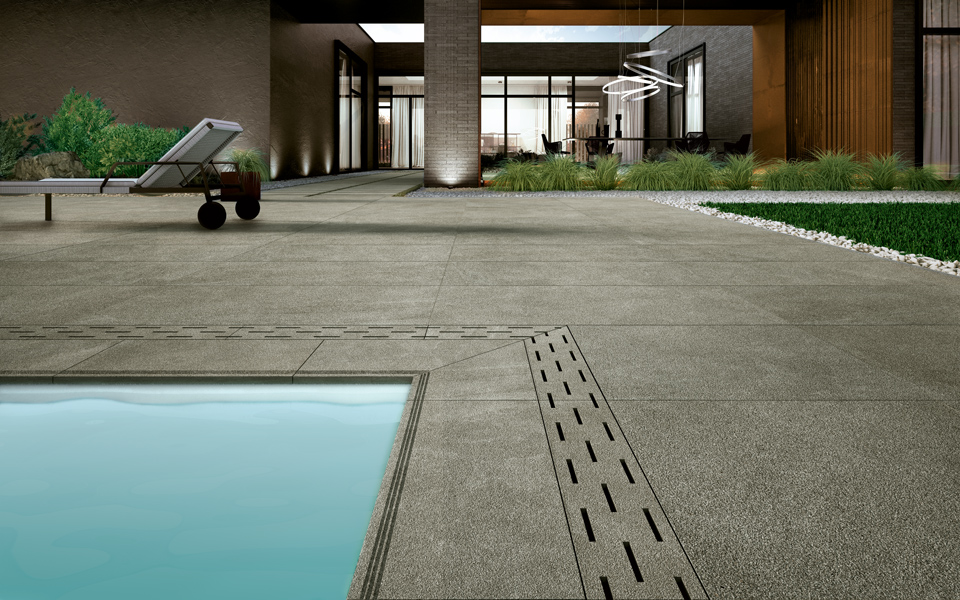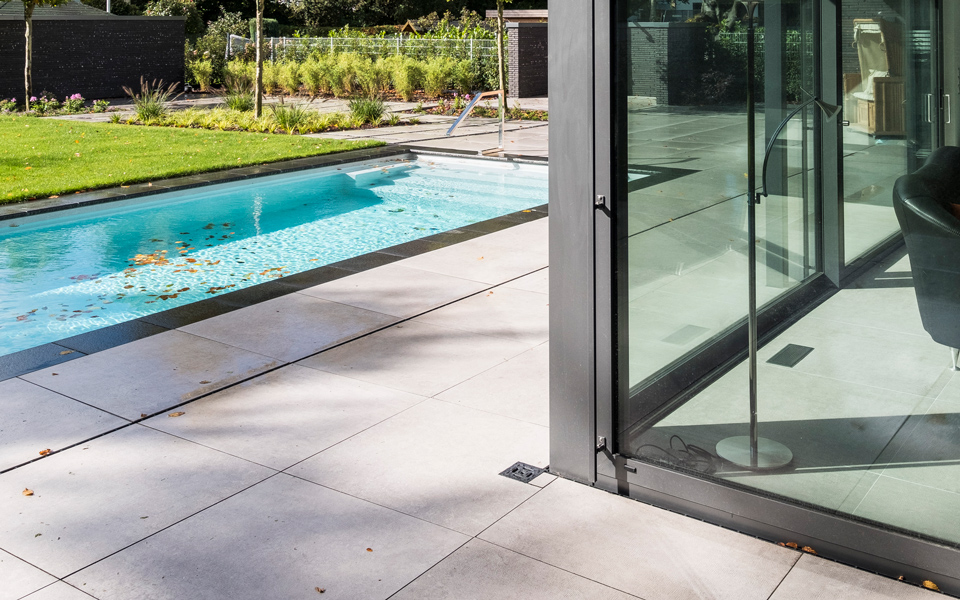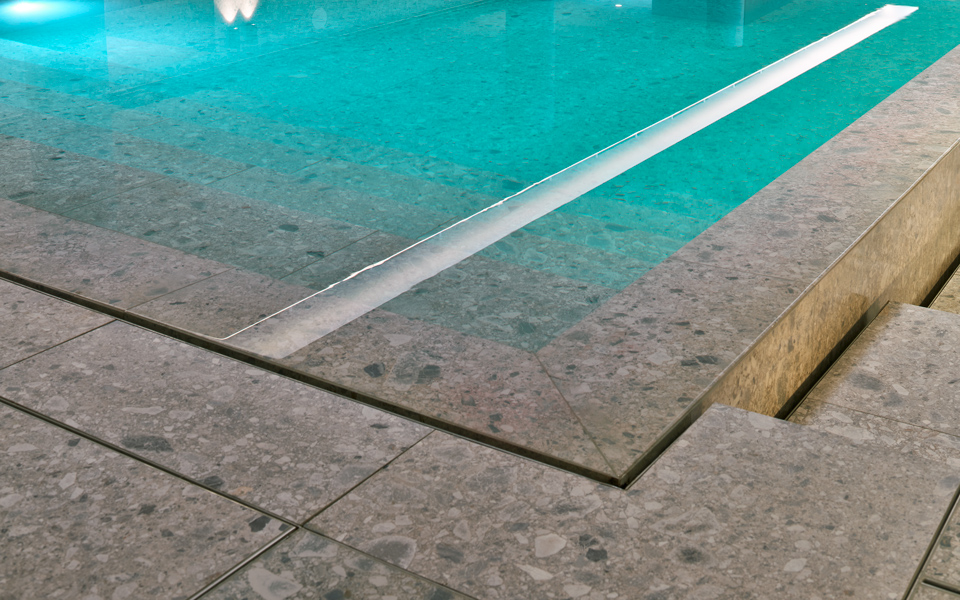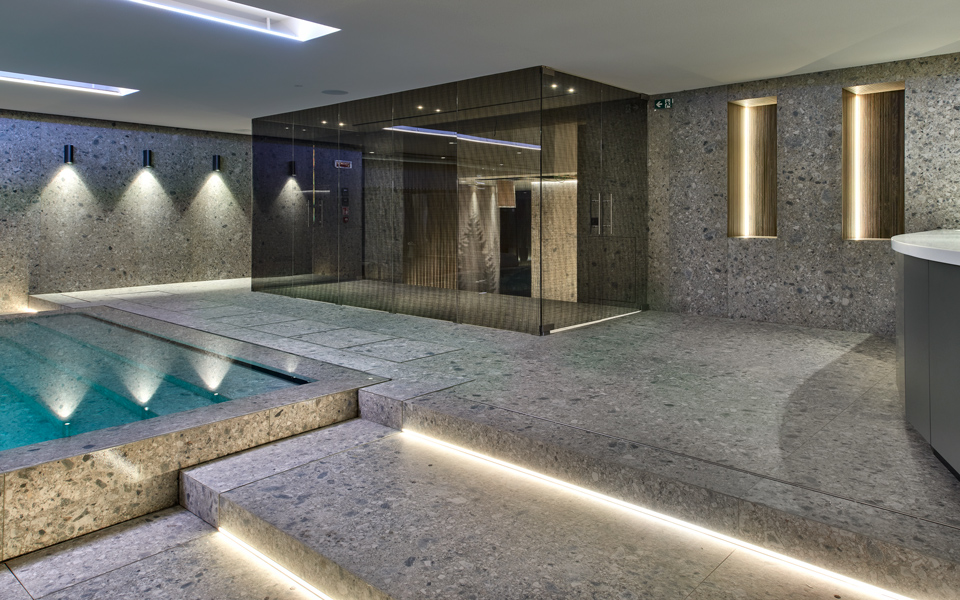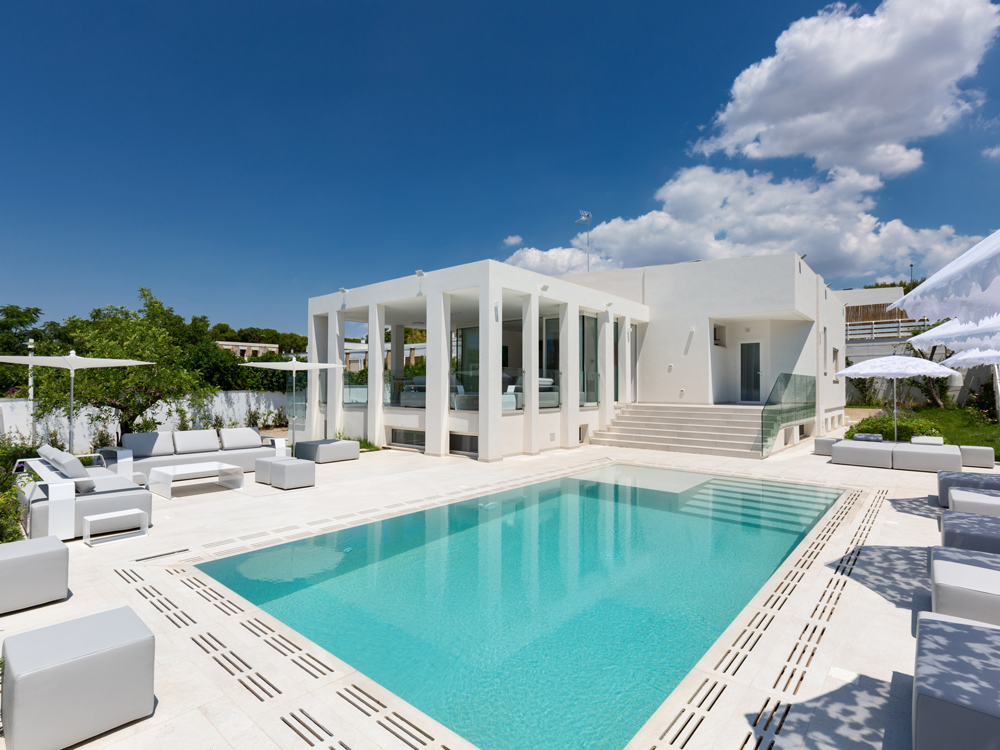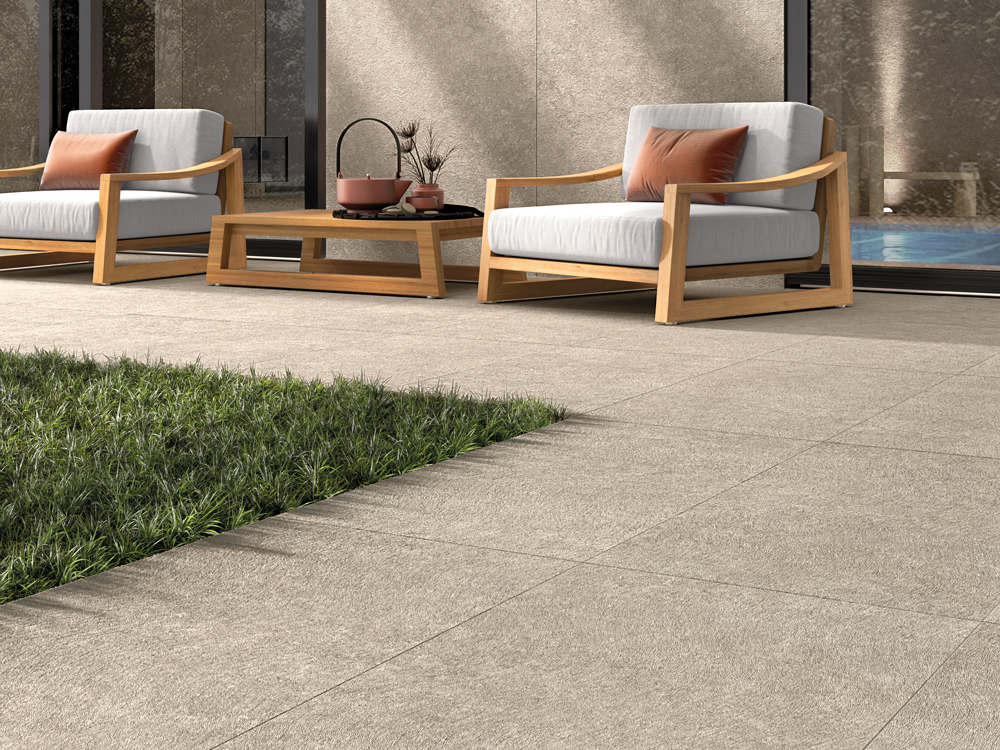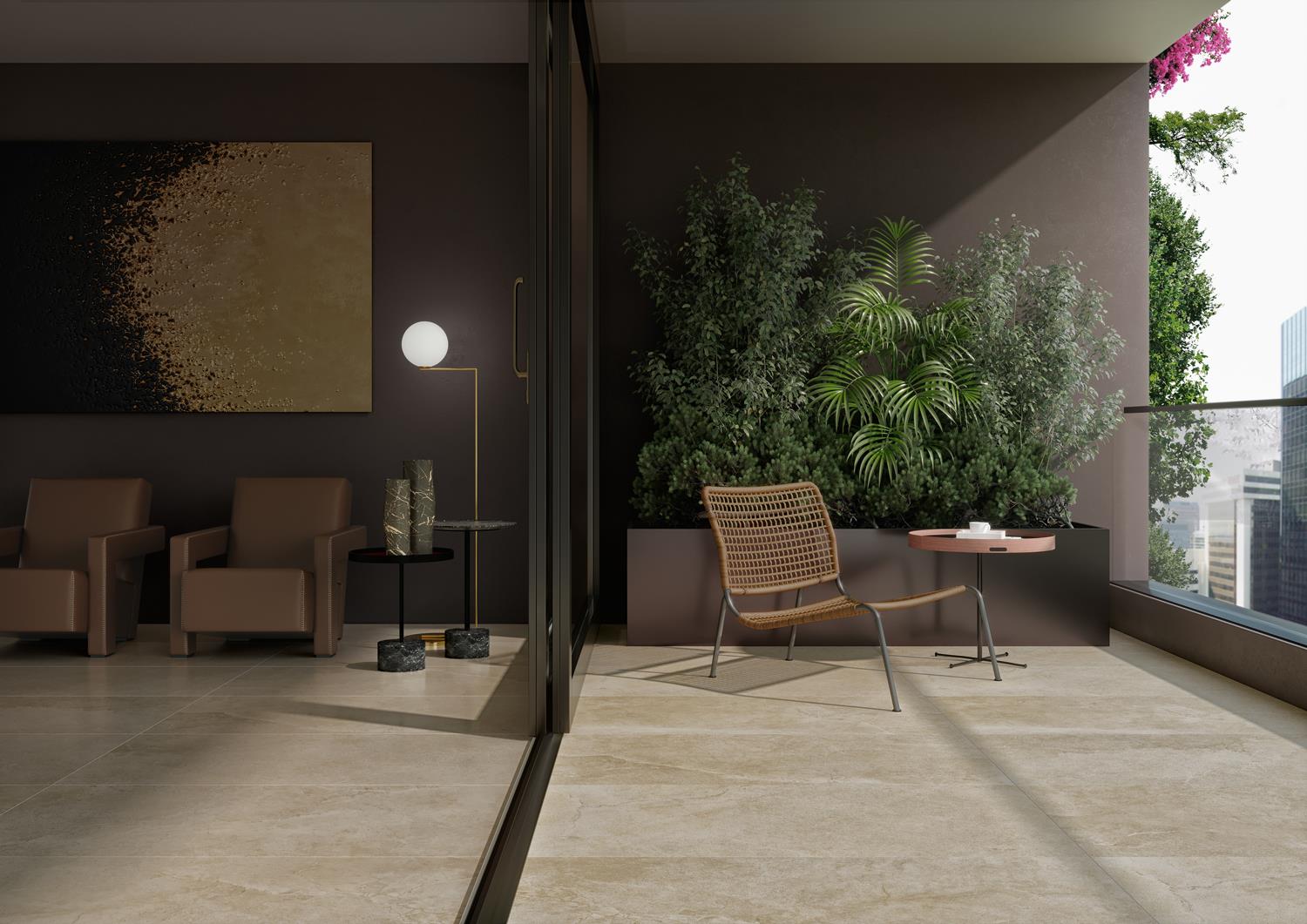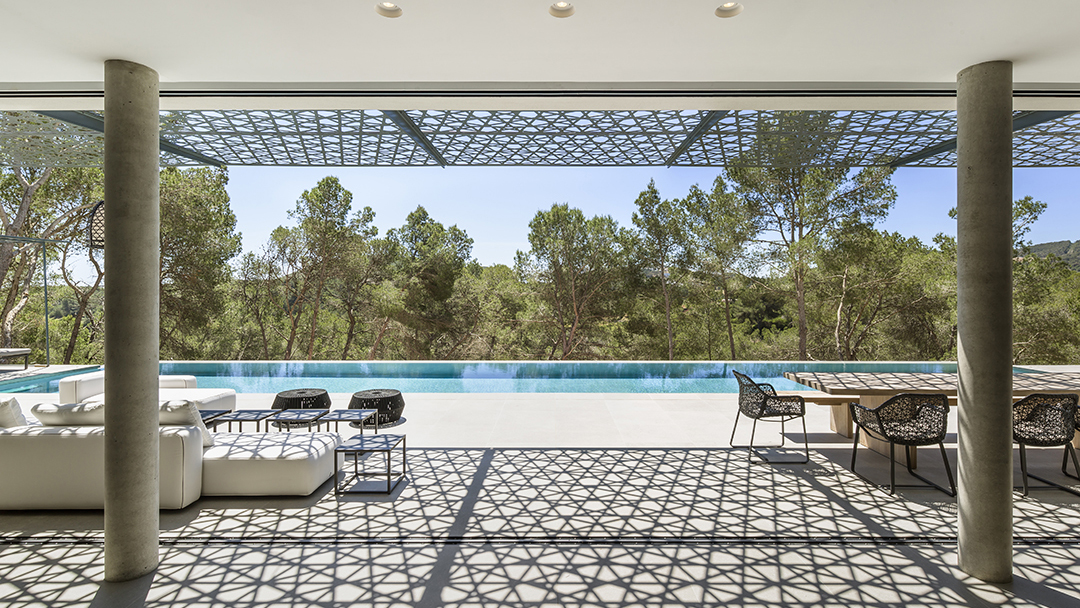- Company
-
Products
- Applications
- Floor
- Wall
- Kitchen Countertops
- Furniture
- Swimming pool
-
All collectionsBe inspired by Cotto d'Este collections, porcelain stoneware tiles and ultra-thin slabs in Kerlite with a modern, classic or design taste. Choose the effect, combine the colors and find the solution for your environment.Read more
-
RoomviewerThe new look for your home is here, just a few clicks away. With our Roomviewer, instantly see the final result by trying out all the products you like.View them in your home
-
Projects
-
All projectsLet yourself be inspired by Cotto d'Este's projects: porcelain stoneware tiles and ultra-thin Kerlite slabs with modern, classic, or designer styles. Choose the effect, combine the colors, and find the perfect solution for your space.Find out more
-
- Professionals
- Journal
- Sales network
- Contacts
-
en
